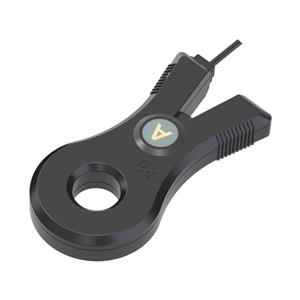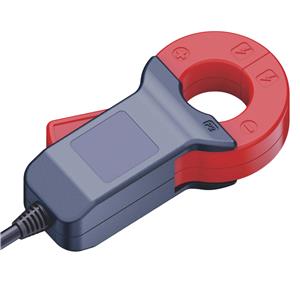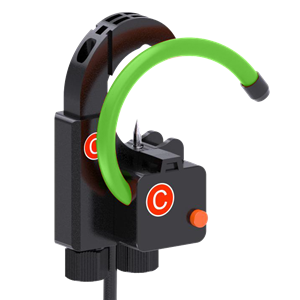Exploring Split Core Current Sensors: Key Components in Modern Power Monitoring Systems
In the realm of power electronics and modern control applications, split core current sensors have emerged as indispensable tools. These innovative devices utilize their unique design to offer accurate and non-invasive current measurements without physically interrupting the electrical flow.
The core of a split core current sensor is divided into two sections, allowing current to pass through one while the other section captures the magnetic field generated. This arrangement minimizes the impact on the circuit, making it suitable for high-frequency and low-power applications where conventional current transformers may cause disturbances or noise.
One of the key benefits is their compact size, which facilitates easy installation in tight spaces and reduces the overall cost of installation. They also feature low reluctance, providing fast response times and high sensitivity. Moreover, split core sensors are immune to external magnetic fields, enhancing measurement reliability in environments prone to electromagnetic interference.
The use of Hall effect or Rogowski coil technology in these sensors further enhances their accuracy and linearity, enabling precise monitoring of current draw and enabling real-time monitoring in power systems. They are commonly employed in renewable energy, motor control, and power distribution applications where continuous and precise current data is crucial for efficient operation and troubleshooting.
In addition to standalone applications, split core current sensors integrate seamlessly with IoT platforms, enabling remote monitoring and predictive maintenance. This integration facilitates condition-based maintenance, reducing downtime and improving overall operational efficiency.
In summary, split core current sensors represent a technological advancement that brings enhanced precision, flexibility, and ease of use to power monitoring systems. As industries continue to demand smarter and more efficient solutions, these sensors will undoubtedly play a pivotal role in shaping the future of power management.





